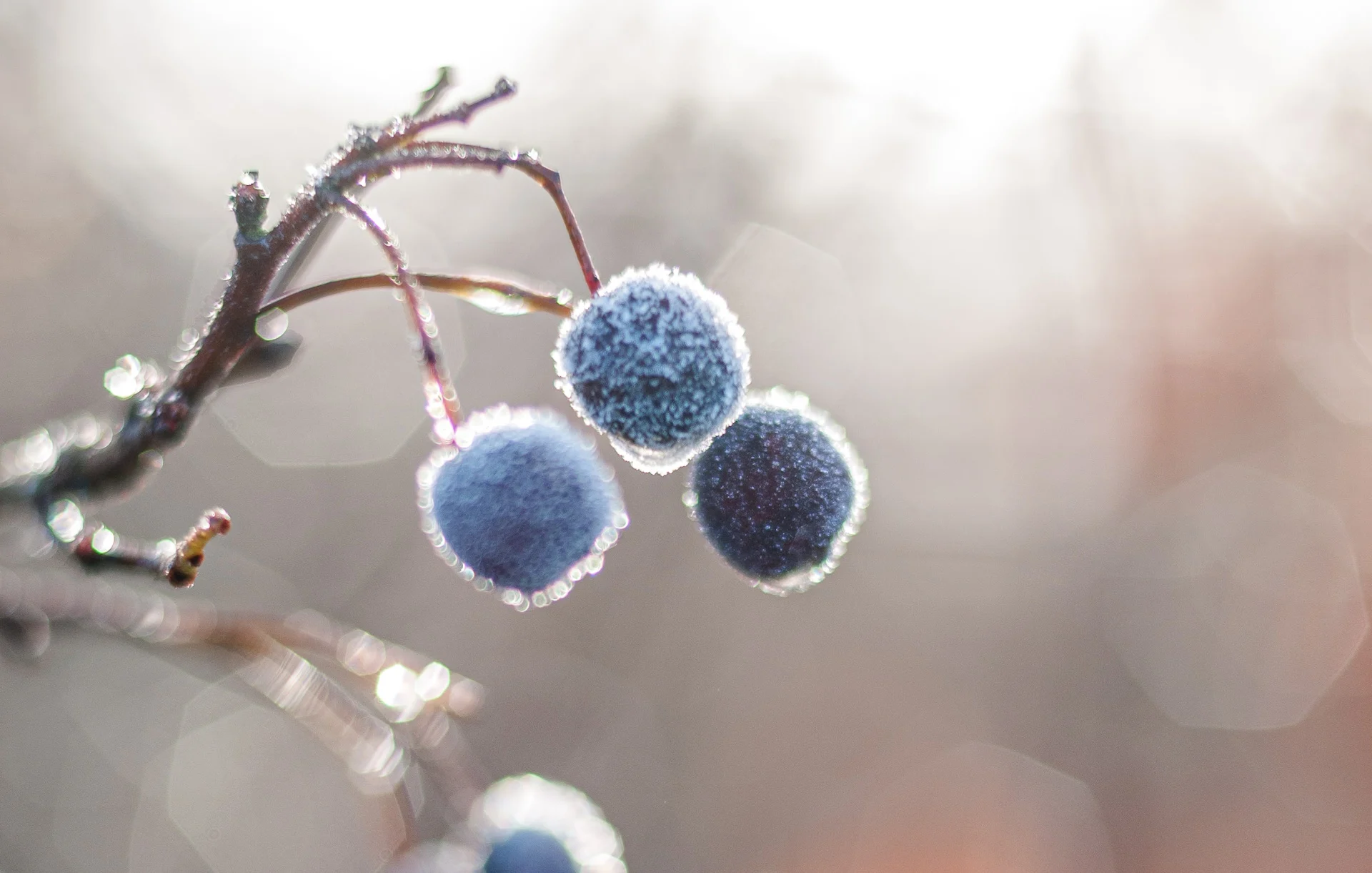
Lingering frost threatens gardens across much of Canada
For those who may feel eager to get into the planting season, you may want to wait a little bit longer. The frost threat lingers into May, and even June, for parts of the country
Canadians know all too well that normal spring seasons can still bring frost, or even snow at times. This makes it challenging for gardeners and farmers across the country, and to know, 'when can I safely start planting?'
To find out, we look for the last dates where overnight and early morning temperatures stay above the freezing mark. That way fragile seedlings won’t get damaged by frost, or any of the late season snowfall.
DON'T MISS: Summer sneak peek: Canada's warm season goes on cruise control
Climatologically speaking, several regions have crossed that threshold already, while others may need to be a little more patient.
The month of May typically favours growers in southwestern Ontario, the Golden Horseshoe, and some into the Ottawa Valley, as well. The same can be said for Montreal, and parts of the St. Lawrence. Many across B.C’s south coast are well past their average last frost dates including Victoria, Vancouver, Squamish, Abbotsford and Comox. In these regions, temperatures are moderated by big bodies of water, sparing many from the volatility spring can bring.
Even if the 'normals' say you could start planting, we have seen frost in each of these cities after the average date, so should you?
RELATED: A rain barrel can up your gardening game. Here's how
Areas in B.C. should be ok, but across Ontario and Quebec, it may be safer to wait. There could be some chillier nights still to come for regions inland across south and eastern Ontario, as well as Quebec.
An active storm track into May will likely bring ample precipitation, but with chilly spring air in behind it. It may be best to hold off until mid-May for sensitive, heat-seeking plants and veggies. The unspoken rule to plant is typically after the May long weekend.
DON'T MISS: Get to know the hidden gems across Canada
Climatologically, it isn't until May or June when that safe planting threshold is reached for other parts of the country. This is true for the Prairie provinces, northern Ontario and Quebec, and much of the East Coast. These regions are often more prone to colder northerly air bringing frost, and sometimes even flurries at the end of spring.
For a better idea of planting in your area, here's a more detailed look at the average last date of spring frost.
British Columbia:
Vancouver: March 19
Comox: April 1
Abbotsford: April 3
Victoria: April 4
Pitt Meadows: April 11
Squamish: April 19
Kamloops: April 25
Penticton: April 30
Quesnel: May 22
Smithers: May 26
Alberta:
Medicine Hat: May 12
Cold Lake: May 19
Calgary: May 21
Lethbridge: May 21
Grande Prairie: May 21
Brooks: May 22
Red Deer: May 22
Edmonton: May 27
Saskatchewan:
Saskatoon: May 19
Assiniboia: May 20
Kindersley: May 21
Regina: May 23
Prince Albert: May 24
Manitoba:
Brandon: May 18
Winnipeg: May 23
Gimli: May 25
Churchill: June 18
Ontario:
Windsor: April 17
Toronto: April 27
Ottawa: April 29
Hamilton: May 1
London: May 3
Sudbury: May 18
Quebec:
Montreal: April 29
Quebec City: May 10
Maniwaki: May 16
Val D’or: May 31
Gaspe: June 4
Atlantic Canada:
Yarmouth: April 28
Fredericton: May 14
Charlottetown: May 17
Moncton: May 19
Bathurst: May 20
Sydney: May 22
Miramichi: May 23
St. John’s: May 28
Gander: May 31
Thumbnail image courtesy: Unsplash
With files from Rachel Modestino, a meteorologist at The Weather Network
